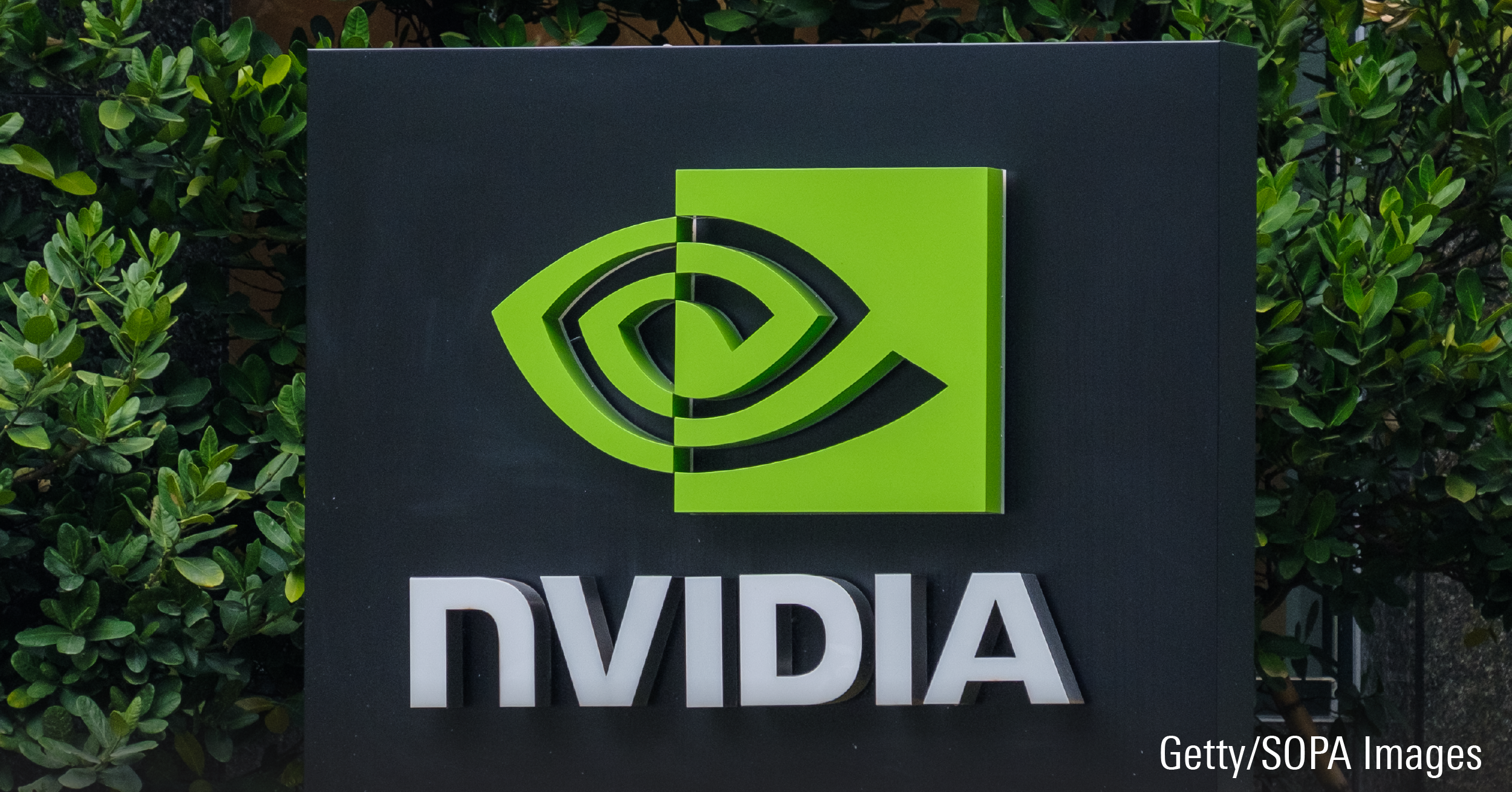Amid record-setting gold prices this month, Mark Serdan remains bullish on bullion. "All of the factors that have been in place for the last 10 years have brought gold to where it is today," says the manager of the $163-million BMO Precious Metals. "If anything, those factors are even stronger now."
Key to Serdan's argument is the mounting U.S. debt and deficit. "The aggregate debt is now US$14 trillion. The deficit over the next five years is forecast to be US$1 trillion-plus per year," he says. "Fast-forward five years, and the aggregate debt will be over US$20 trillion. The interest cost alone is mammoth."
While investors will continue to buy U.S. treasuries, "they are also looking for diversification alternatives," says Serdan. "And gold is naturally seen as that."
Although some naysayers maintain gold is in a bubble, Serdan notes that bullion represents less than 0.5% of global assets. "Is gold in a bubble? I'd argue that there is still a lot of upside."
Largely a bottom-up investor, Serdan runs a portfolio of about 60 names. "We want to give investors the opportunity for growth and return, while still mitigating risk. I have a bullish picture for the next five years, but we will see profit-taking from time to time."
From a structural viewpoint, the portfolio recently held about 30% in mid-cap gold and silver producers, 10% in small producers, and 42% in gold and silver firms that are in the exploration or advanced-exploration stage. There is also 13% held in senior gold miners.
When it comes to exploration plays, Serdan looks for companies that have strong management and an opportunity to increase their reserves. Based on a blend of quantitative and qualitative factors, he arrives at a target price for the stock. He usually starts with a small holding, and adds to it over time. The limit on single holdings is 5.5%. Turnover has been moderate, at 78% in 2010.
One favourite is Keegan Resources Inc. KGN. The junior miner is active in Ghana, and its Esaase mine has a deposit that could expand from 3.5 million ounces to about six million. "They will have success through the drill bit," says Serdan. "And it's a potential acquisition target."
The stock is currently trading at about $9, but Serdan believes it could reach $12 within 18 months. "When you get an early-stage project, that's the opportunity," he says. "There is risk mitigation, and over time your winners will outweigh your losers."
A Windsor, Ont., native, Serdan is a chartered accountant who turned to money management. After graduating with an honours bachelor of commerce in 1994, he articled at Price Waterhouse, as it was then known.
"The CA is like a working MBA; it gives you the opportunity to look at all sorts of companies and get hands-on experience," says Serdan. "But money management was what I really wanted to do."
In 1997, he joined the investment brokerage BMO Nesbitt Burns and worked for two years as a research associate. After spending two years in the firm's investment-banking division, Serdan moved to UBS Global Asset Management, where he began working on a small-cap portfolio.
While at UBS, Serdan also covered natural resources and gradually became a precious-metals specialist. "I believed in the sector," says Serdan, noting that gold was around US$300 an ounce in 2002. "There was risk in currencies, too. But it wasn't as bad."
Serdan joined BMO Asset Management Inc. in late 2009 as a vice-president and portfolio manager. He assumed responsibility for BMO Precious Metals several months after the sudden death in June 2009 of the fund's long-time manager, Bill Belovay.
For the 12 months ended March 31, the fund returned 61.4%, compared with 55.1 % for the median return in the Precious Metals Equity category, placing it in the second quartile. Serdan also co-manages BMO Resource, with Robert Taylor.
Looking ahead, Serdan does not have a specific target for gold. He'd rather focus on factors such as the demand-supply imbalance. "They are moving more and more dirt, but getting less gold," he says, adding that global annual production has fallen to about 80 million ounces from 85 million in the past decade.
"It's Economics 101: lower supply and higher demand. I'm looking out five years and don't see any change on the horizon. We will also see inflation at some point -- and that bodes well for gold."
While Serdan's portfolio is reasonably diversified, he is emphasizing mid-caps and advanced exploration plays such as Orezone Gold Corp. ORE. Headed by Ron Little, who has a track record of success in Burkina Faso, Orezone Gold is developing the Bombore deposit in that country.
"We expect them to have a resource of about five million ounces by the end of this year, and ultimately it could be much bigger than that," says Serdan, who has a target of $7 in one year. Early this week, the stock was trading at $4.80.















